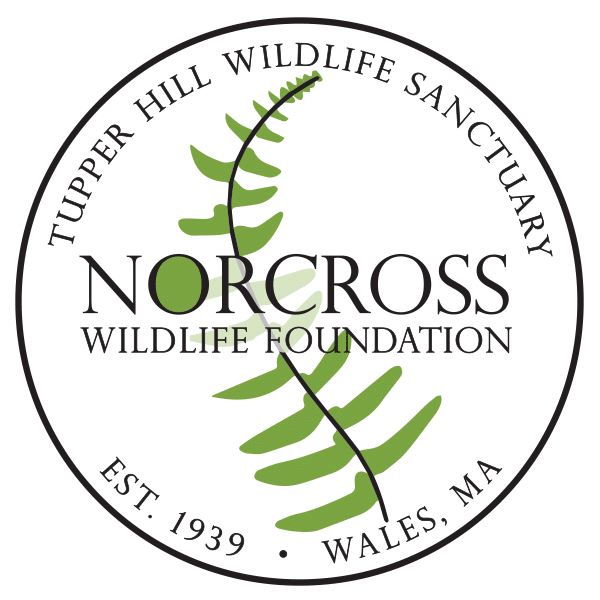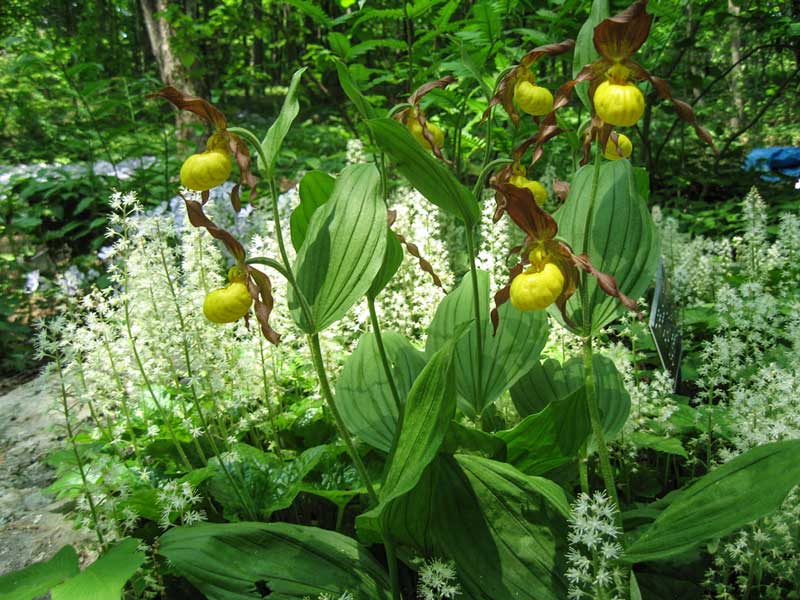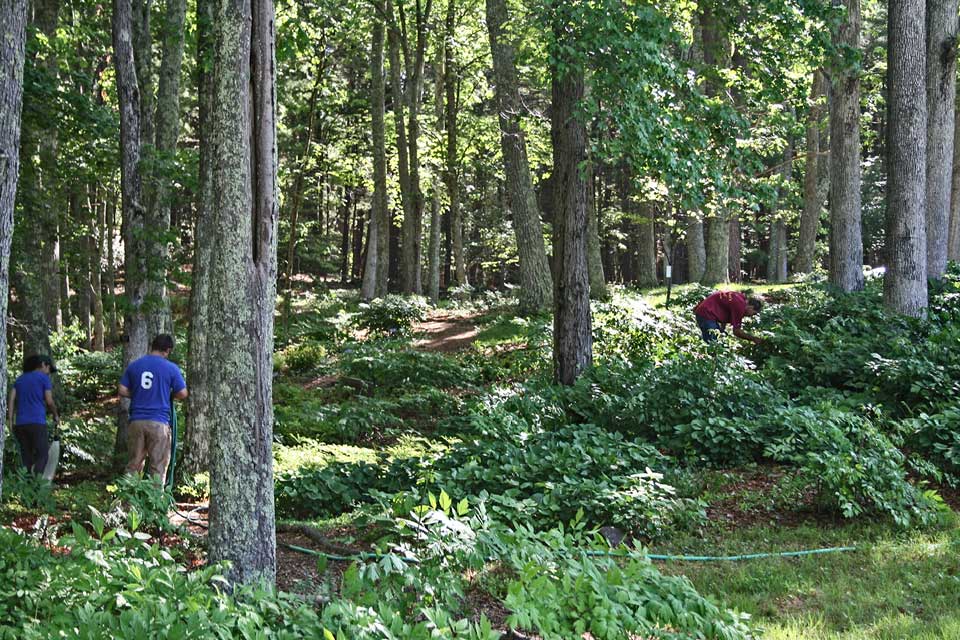On the eve of the start of fall I am thinking about next years’ garden. I know it is time to pull out the dead and dying annuals, cut back the perennials and start to put the garden to bed, but I am thinking about what will grow in my garden next year.
We can all certainly collect seed in our own gardens, but we are often looking for plants we do not already have. Native plants suitable for our gardens can be found locally along roads, in woods, on public lands. It is acceptable to collect seeds in the wild, with a couple of restrictions. It is important to remember that our wild species rely on those seeds to start new populations, to help the current population to grow larger and to give the species a chance as it competes with other plants. Do not take ALL the seed you see. A good rule of thumb is to take about 10% of what you see – or less. This gives your plant a chance to thrive in the wild while allowing you to take it home to grow. Also do not collect plants that are rare or have a small population for the same reasons stated above. Finally, if you are collecting in a public garden – it is good etiquette to ask permission.
It may help to carry a notebook to note when and where you see particular species in bloom so that you remember to return for the seed. Carry spare envelopes or baggies, but be careful, stuffing the seeds in a baggie and then in your glove box can cook the seed and they won’t germinate. You have to remember to label your packets so you know what you have as well.
Most New England seed expects New England weather. Any seeds found in fleshy or fruity coverings must be cleaned and sown immediately upon collection. Dry seed can be cleaned and stored in the refrigerator and sowed in soil sometime in the late fall – October is a great time to start sowing. Cover your seeds with a light coating of soil or sand, or a mix of both. I like to use small flats or trays to start my seeds in. They are easy to handle and the seeds don’t get mixed up. You can sow directly into your garden if you wish as well. Leave your flats outside in a protected area. The garage isn’t a good idea, because over the winter the soil will dry out and your seeds won’t germinate. I like a place close to the house where I can remember them. It’s ok to shovel snow on top of them, the seed won’t mind. Sometimes I use a piece of screen or hardware cloth to cover the seeds so that the rodents don’t dig them up or eat them.
Of course this all works well for our native plants – remember that horticultural varieties or special cultivars do not grow true to seed. Since they are hybrid plants, the seeds often produce plants that look nothing like the cultivar. For those special garden plants division – or splitting the plant’s crown or root is the only way to get new plants. There are plenty of seed companies that offer a variety of native and horticultural seed so this year I encourage all of you to plant something native. Happy growing.



